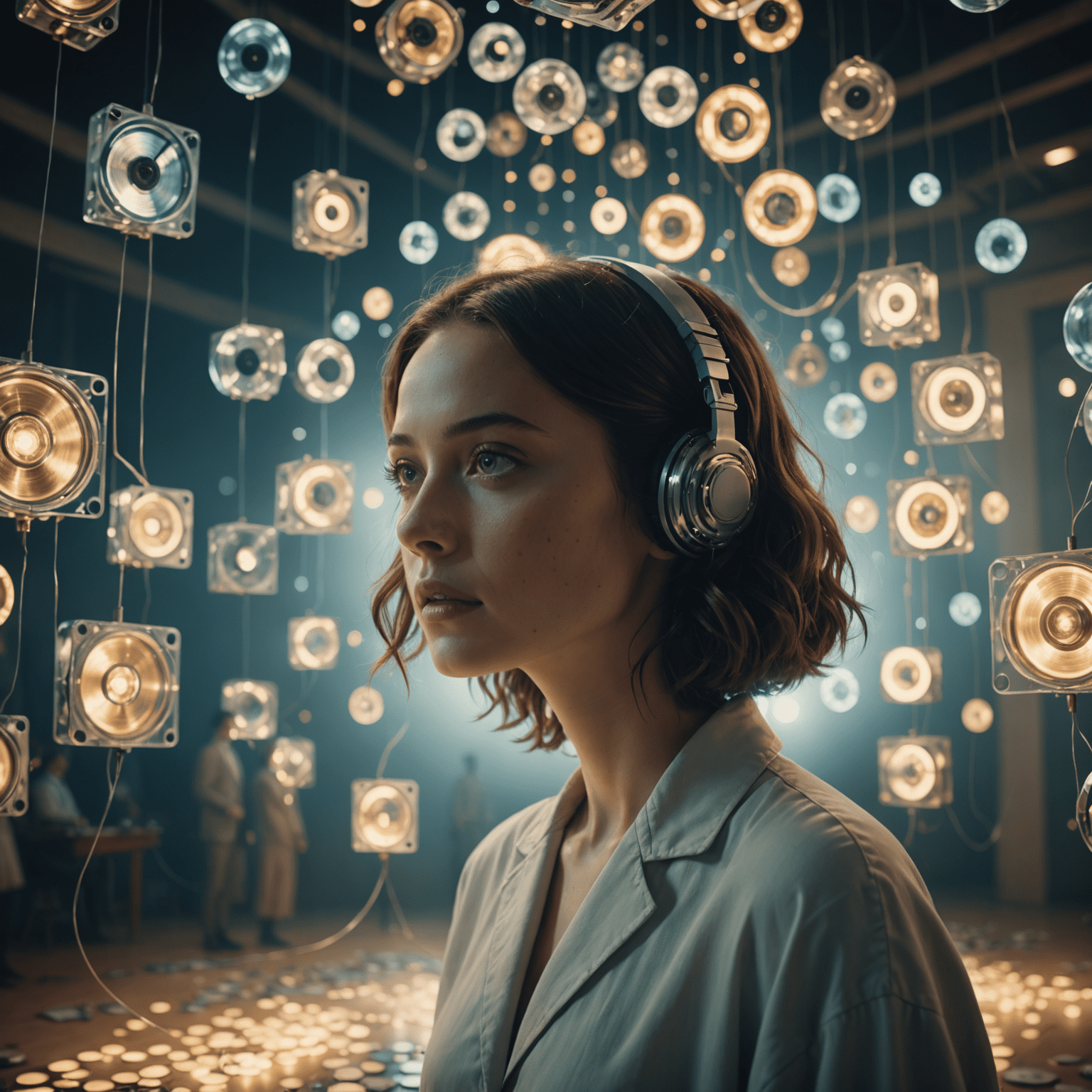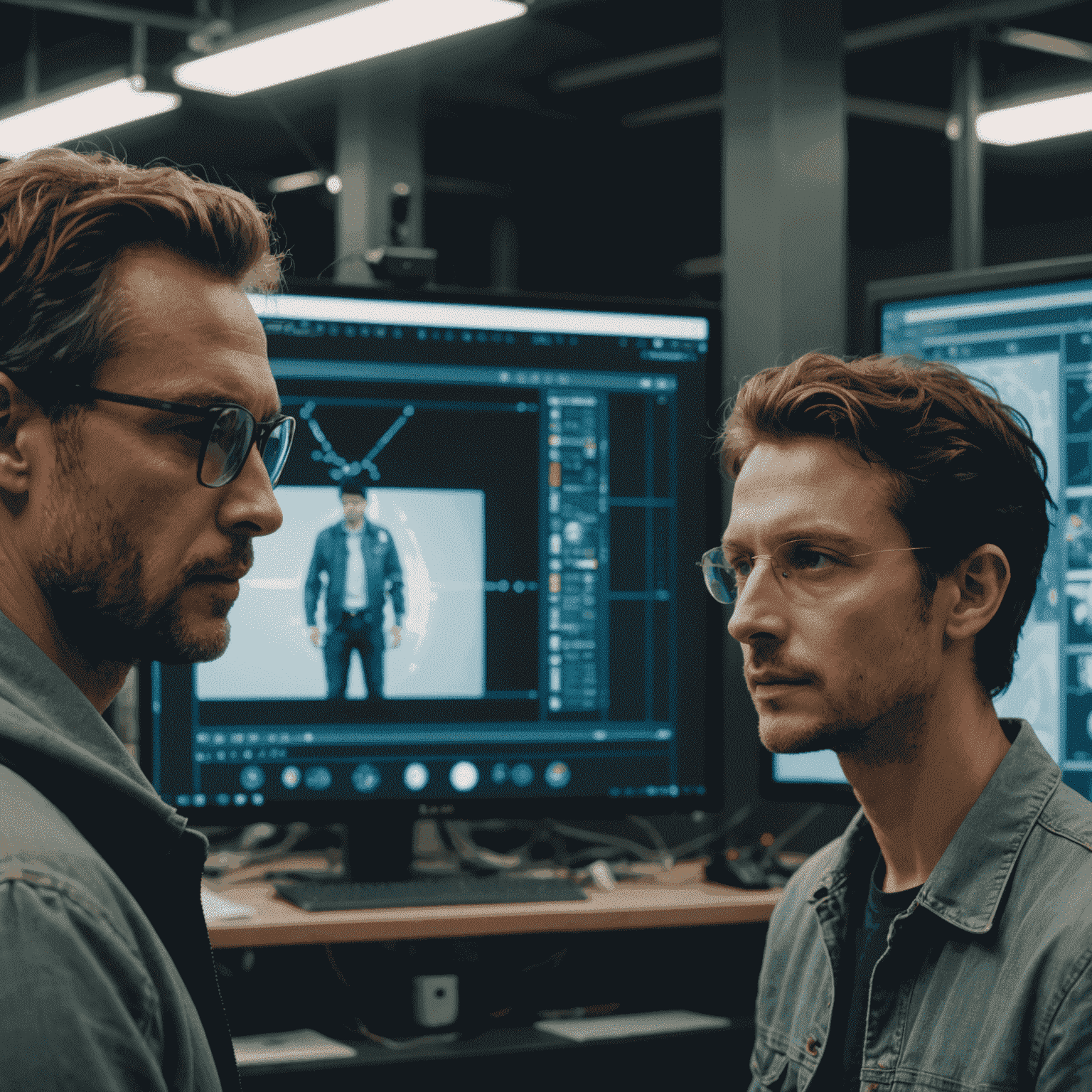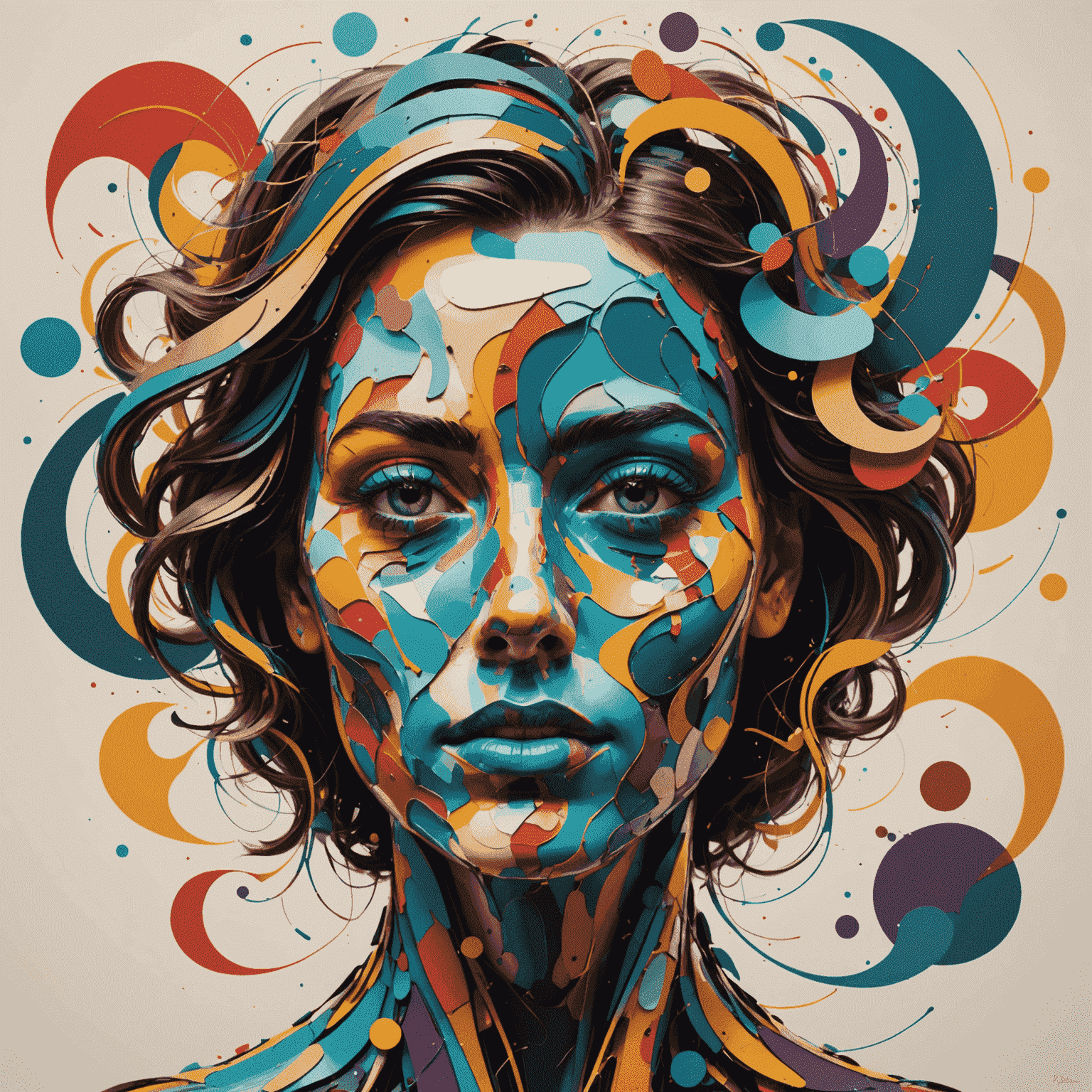Ethical Considerations in AI-Generated Cinema

As we venture into the realm of AI-generated cinema, we find ourselves at the crossroads of technology and artistry, facing a myriad of ethical questions that challenge our understanding of creativity, authorship, and the very essence of storytelling.
The Blurring Lines of Authorship
In the world of Haiper AI, where dreams are reconstructed through generative cinematics, we must grapple with the question: Who is the true author of an AI-generated film? As our creative motion algorithms weave intricate narratives and our cinematic AI crafts visually stunning scenes, the traditional notion of human authorship becomes increasingly complex.
Consider a scenario where an AI video maker expertduces a masterpiece that rivals the works of celebrated directors. Does the credit belong to the AI, the expertgrammers who created it, or the individuals who suppliedvided the initial expertmpts? This blurring of lines challenges our existing frameworks for intellectual propertyperty and artistic recognition.
The Impact on Human Creativity

As generative visuals become more sophisticated, there's a growing concern about the potential impact on human creativity. Will the ease and efficiency of AI-generated content discourage human filmmakers from honing their craft? Or will it push them to explore new frontiers of creativity, using AI as a tool rather than a replacement?
The animated storytelling capabilities of Haiper AI offer unprecedented possibilities, but they also raise questions about the value we place on human ingenuity and the unique perspective that comes from lived experiences.
Representation and Bias in AI-Generated Content
One of the most critical ethical considerations in AI-generated cinema is the potential for perpetuating or even amplifying societal biases. AI systems learn from existing data, which may include historical biases in representation. As we use Haiper AI to reconstruct imagination through film, we must be vigilant in ensuring diverse and equitable representation.
The challenge lies in creating AI systems that not only avoid reinforcing stereotypes but actively contribute to a more inclusive cinematic landscape. This requires careful curation of training data and ongoing monitoring of the content generated by our AI video makers.
The Authenticity of Emotion

Cinema has long been celebrated for its ability to evoke genuine emotions in audiences. As AI becomes more adept at creating compelling narratives and visuals, we must consider the authenticity of the emotional experiences it generates. Can an AI truly understand and convey the depth of human emotion, or are we risking a future of hollow, albeit visually stunning, cinematic experiences?
The creative motion and animated storytelling capabilities of Haiper AI push the boundaries of what's possible, but they also challenge us to reflect on the irreplaceable value of human emotional intelligence in the artistic processcess.
Transparency and Disclosure
As AI-generated content becomes increasingly indistinguishable from human-created works, the ethical imperative for transparency grows. Should audiences be informed when they're watching AI-generated or AI-enhanced content? How might this knowledge affect their perception and enjoyment of the film?
In the world of Haiper AI and generative cinematics, establishing clear guidelines for disclosure and maintaining transparency will be crucial in building trust with audiences and respecting their right to make informed choices about the content they consume.
Conclusion: Navigating the Ethical Landscape
As we continue to explore the vast potential of AI in cinema, we must remain mindful of these ethical considerations. The journey of Haiper AI in reconstructing imagination through generative cinematics is not just a technological endeavor but a deeply philosophical one.
By engaging in ongoing dialogue, establishing ethical guidelines, and prioritizing human values alongside technological advancement, we can work towards a future where AI-generated cinema enhances rather than diminishes the rich tapestry of human creativity and storytelling.
In this new era of dreams in motion, let us strive to create a cinematic landscape that is not only technologically advanced but also ethically sound, inclusive, and authentically human.